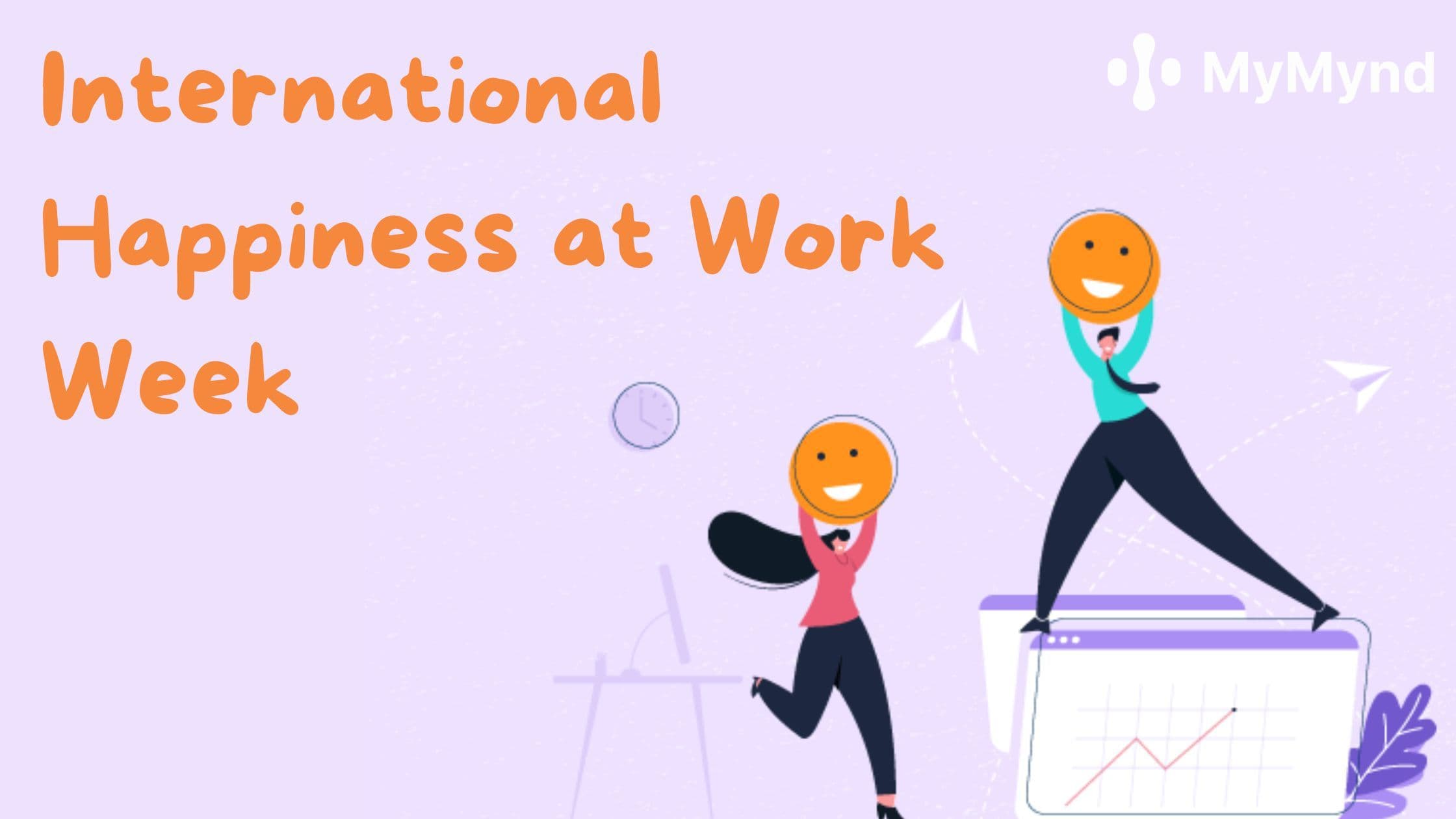...
...
...
...
...

One vital tool that is often overlooked is the art of effective signposting.

Amy Beveridge
Nov 28th, 2022
In recent months we have seen workforces reaching new heights of stress, overwhelm and burnout, with 1 in 14 U.K adults reporting that they feel stressed every day and 79% of working adults frequently experiencing work-related stress.
In light of this, organisations are under more pressure than ever to provide robust mental health and wellbeing support for their staff.
However, one vital tool that is often overlooked is the art of effective signposting.
Often as managers, colleagues or even friends, others come to us with challenges they are facing and sometimes it can be difficult to know how to respond, particularly when that challenge is about something as personal as their mental health. We might have even noticed a change in the person ourselves, or spotted a sign that they are going through something, yet we struggle to reach out for fear of saying the wrong thing or making it worse.
Learning how to signpost effectively can be a really useful way to have safe conversations about mental health whilst maintaining healthy boundaries.
It involves providing individuals with objective information to help them understand, access and navigate community-based services that will improve their health and wellbeing.
And the great thing is… ANYONE CAN DO IT!

Here are some top tips for becoming an effective signposter in your workplace:
Remember, less is more - the last thing we want to do when trying to support someone is to overwhelm them with too much information too soon. Focus on a few key resources and learn them well.
MyMynd provides access to information and resources that can help you become an effective signposter for others, as well as tools that you can use to boost your resilience and support your own mental health and wellbeing.
Join us for our Support & Signposting Workshop on Wednesday 18th January 2-3pm 2023 open to all.

Why is Happiness at Work so important and how can we achieve it?
Nia Griffiths
Sep 23rd, 2024
Hannah Clemens
Dec 28th, 2022

Fostering meaningful connections can enrich our lives
Hannah Clemens
Jul 25th, 2023